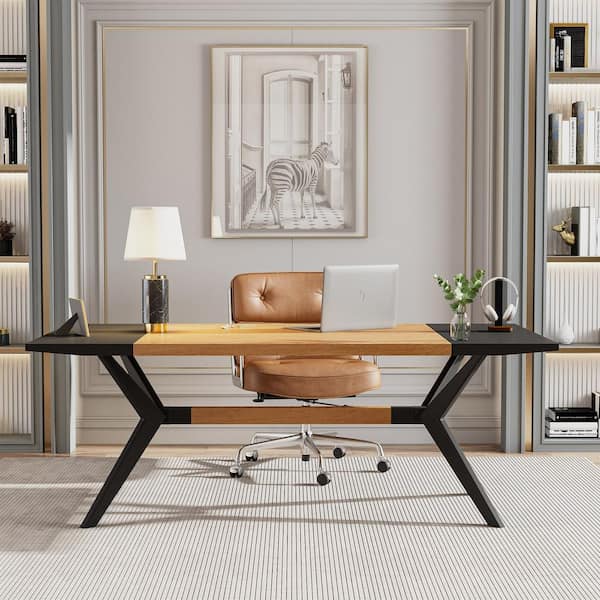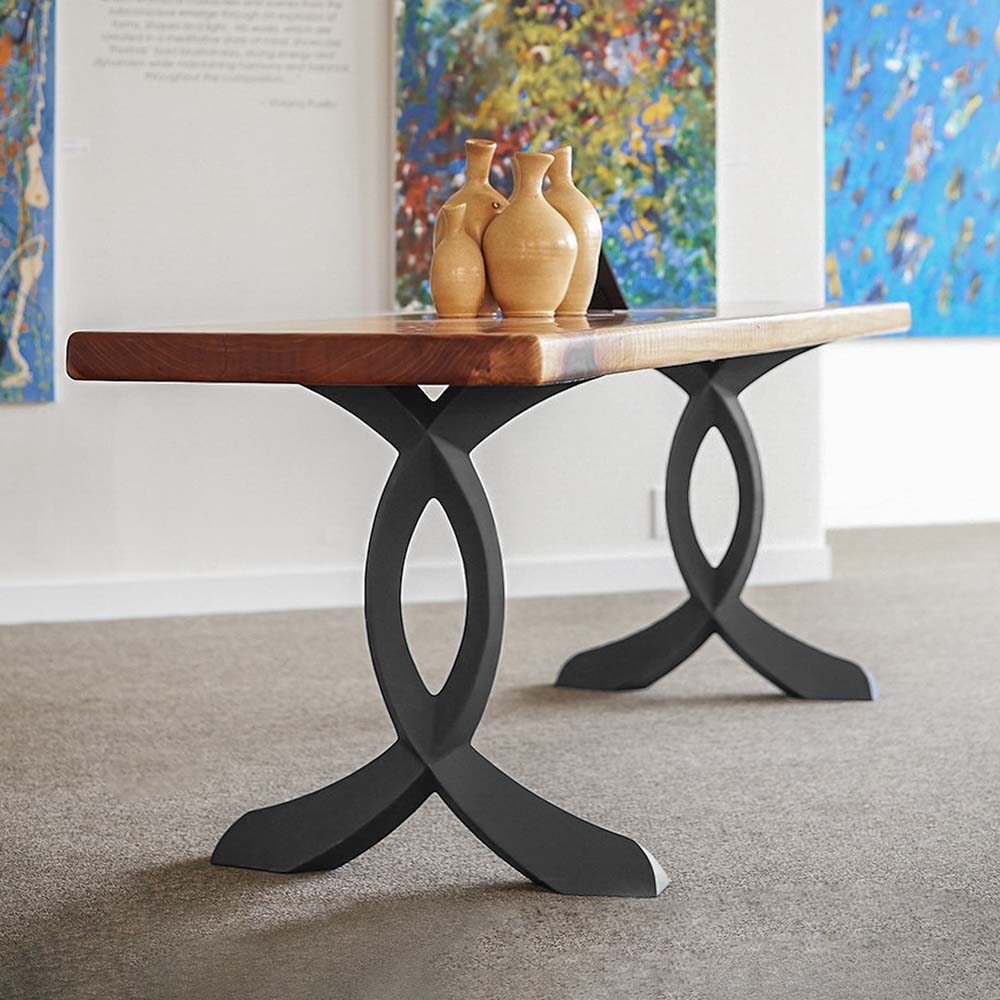Just how to Select the Perfect Dining Room Table Legs for Your Home Decoration
Just how to Select the Perfect Dining Room Table Legs for Your Home Decoration
Blog Article
A Detailed Take A Look At Table Leg Styles: Discovering the Ideal Suit
Picking the ideal dining table leg style is critical for both visual charm and practical capability. Standard four legs offer classic sophistication and stability, while the stand base offers increased legroom and a modern-day look. For those with larger tables, trestle legs make sure durable assistance, whereas barrette legs introduce a mid-century modern-day vibe with their minimal style. The x-shaped legs mix contemporary design with improved stability. Each of these choices brings distinct advantages, making the option greater than simply an issue of choice. Explore even more to uncover which design flawlessly matches your dining area and lifestyle.
Standard 4 Legs
Amongst the various kinds of dining table leg designs, the typical four-leg layout remains a timeless option for lots of houses. This timeless configuration provides a harmonious blend of performance and aesthetics, making it a perennial favorite. Four legs offer balanced support, guaranteeing the table stays steady and efficient in bearing considerable weight. This is especially helpful for families that often hold big events or utilize their table for multiple purposes, such as job or crafting.
From a visual point of view, the conventional four-leg design can be conveniently adjusted to different interior designs. Whether crafted from timber, metal, or a combination of materials, these legs can be delicately carved, sleek and minimalistic, or anything in between. Their versatility permits them to match both rustic and contemporary setups flawlessly.
Additionally, the simple framework of the four-leg style helps with ease of activity and placement within an area. Unlike even more complex bases, this design reduces obstructions, supplying sufficient legroom for restaurants. In summary, the typical four-leg eating table leg style weds enduring sophistication with useful capability, making it an astute selection for those seeking both kind and function in their eating furniture.
Stand Base
Frequently commemorated for its stylish and space-efficient layout, the pedestal base is a recognized alternative to the standard four-leg configuration in eating table leg designs. This unique base commonly features a solitary main column supporting the table top, which can differ in form, from ornately sculpted timber to sleek, contemporary steel. One of the main benefits of the pedestal base is its capability to make the most of legroom and seating adaptability. Without edge legs, diners are paid for better freedom of movement, making it a suitable choice for round and oval tables that promote even more intimate and comprehensive gatherings.
In addition, the pedestal base's main assistance can handle substantial weight, enabling using much heavier tabletops, such as marble or thick wood. This strength combined with its aesthetic versatility makes the pedestal base a popular choice in both conventional and contemporary interior settings. It can seamlessly integrate with various design themes, from timeless style to minimal modernity. The main column itself supplies pop over to this web-site a canvas for detailed layouts and imaginative expressions, including an aspect of visual interest under the table. In recap, the pedestal base combines capability snappy, making it a fine-tuned and useful option for varied dining environments.
Trestle Legs
Trestle legs offer a robust and ageless foundation for eating tables, characterized by their straight cross-bracing and sturdy assistance beams. Stemming from medieval times, this layout has advanced yet kept its essential framework, making it a perennial favorite in both typical and contemporary setups. The central trestle beam of light, frequently sustained by two or more upright messages, supplies extraordinary security, allowing for bigger table sizes without the requirement for added legs.
A significant advantage of trestle leg tables is the enough legroom they provide. Unlike tables with 4 edge legs, the absence of obstructions at the table's sides offers unobstructed space for chairs and diners, boosting convenience and access. This makes trestle tables excellent for suiting bigger gatherings, whether in a dining-room or a banquet hall.
The aesthetic convenience of trestle legs is noteworthy. Offered in a range of products such as timber, metal, and composite, they can be finished to match a broad range of interior styles. From rustic farmhouse to smooth modern-day layouts, trestle legs can be customized to suit individual tastes. Their enduring charm and practical advantages make trestle legs an engaging selection for those looking for both design and practicality in their dining table.
Barrette Legs

The appeal of barrette legs exists in their simplicity and adaptability - dining room table legs. Readily available in a variety of products, consisting of steel and brass, they can be finished in many shades to complement different indoor styles. Whether coupled with a rustic wood tabletop or a contemporary glass surface area, barrette legs easily blend functionality with a touch of vintage beauty
Sturdiness is one more notable attribute of barrette legs. In spite of their fragile appearance, these legs are crafted to birth considerable weight, ensuring the eating table stays stable and secure. In addition, they are relatively simple to install, making them a prominent option for DIY enthusiasts and specialist furnishings makers alike.
X-Shaped Legs

Built from materials such Discover More Here as steel, wood, or a combination of both, X-shaped legs can be customized to match numerous layout preferences. Steel legs frequently lend a smooth and commercial feel, perfect for loft-style apartment or condos and modern eating rooms. On the various other hand, wood X-shaped legs provide a warmer, much more rustic allure, appropriate for farmhouse or eclectic interiors. The versatility in materials permits house owners to customize their table to better fit their overall design system.
Moreover, the engineering behind X-shaped legs makes certain even weight distribution, decreasing the threat of wobbling and enhancing durability. This makes them especially fit for bigger eating tables that call for added support. In essence, X-shaped legs blend practical design with contemporary aesthetic appeals, making them an ageless option for diverse eating settings.
Final Thought
A comprehensive understanding of eating table leg designs exposes the distinct attributes and benefits of each design. Typical 4 legs provide security and classic allure, while stand bases give legroom and a streamlined look. Trestle legs guarantee robust assistance for larger tables, and barrette legs introduce a mid-century contemporary visual. X-shaped legs combine contemporary style with enhanced security. Selecting the suitable leg design ensures both useful and aesthetic fulfillment in any dining space.
Report this page